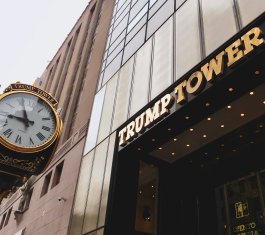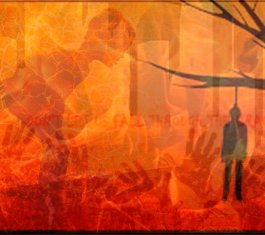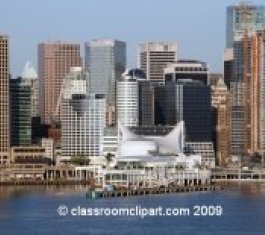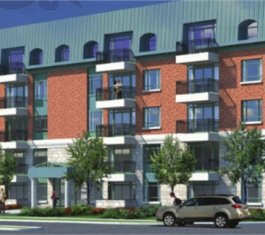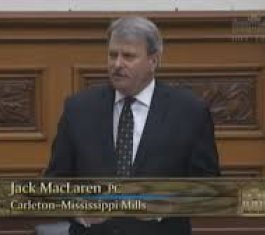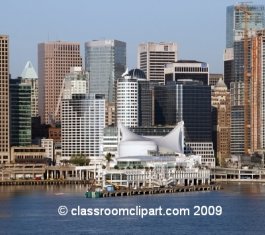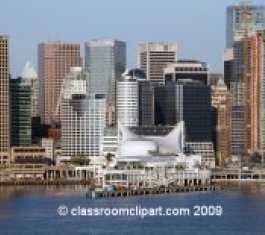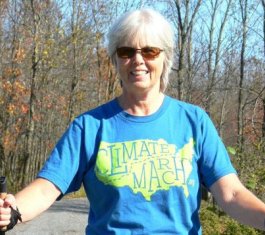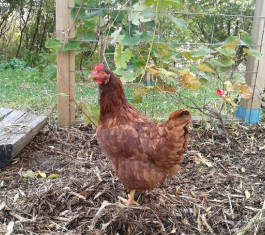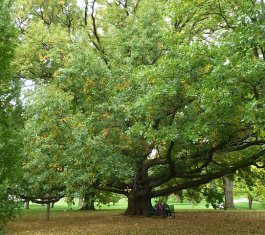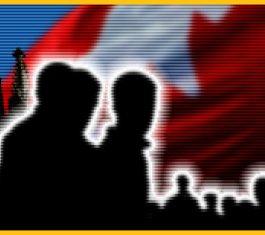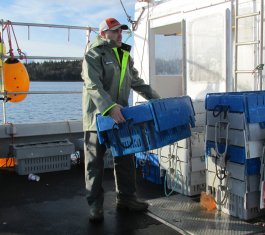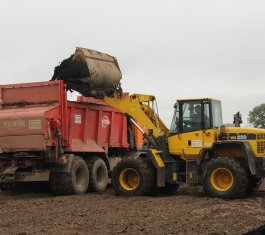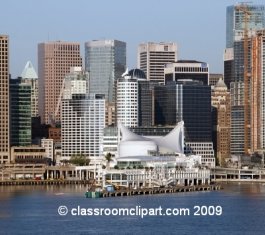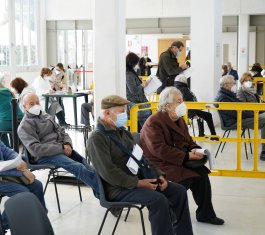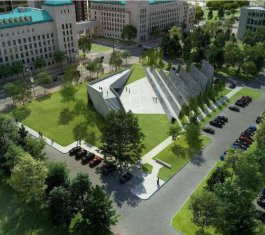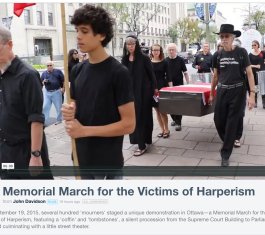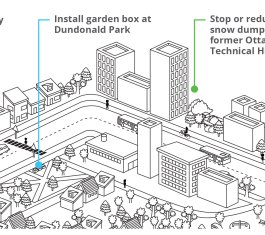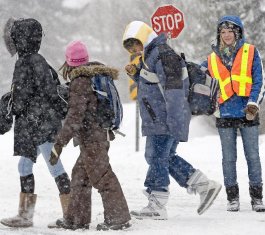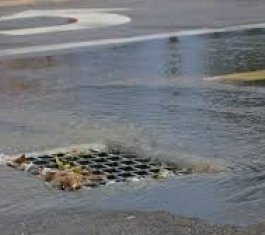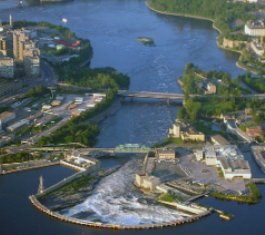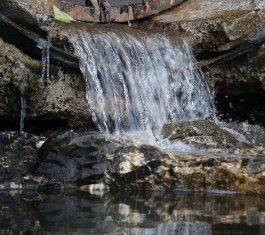Campaign Letter
The Ottawa Tornado - Arlington Woods
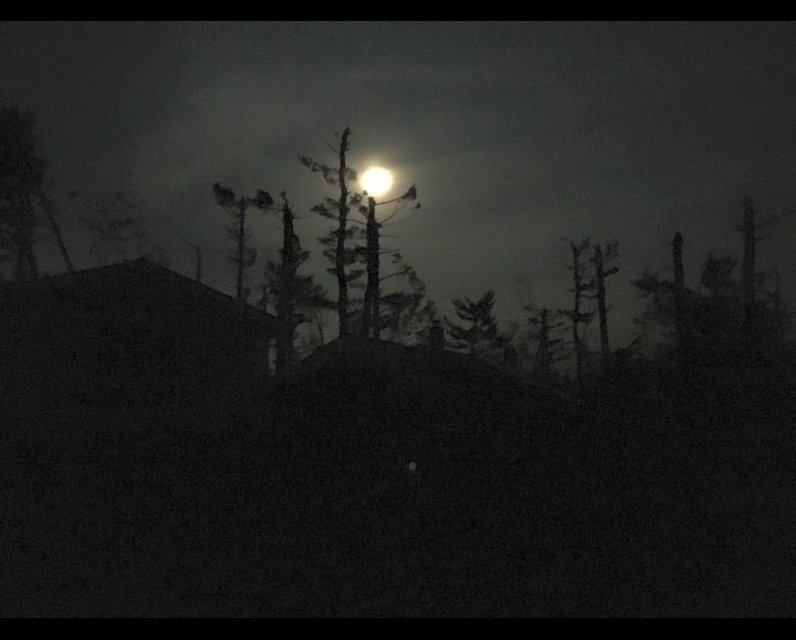
In political campaigns, you hear a lot about what is wrong with the world, but sometimes things are just right and they always have been. Arlington Woods was one of the things that have always been right. On the face of it it’s just another Ottawa suburb built some sixty years ago and now referred to as mid-century modern. There are a lot of them, a mix of bungalows, two story brick fronts with attached garages. By today’s standards of big box homes, they are modestly sized, most somewhere between 1,500 and 2,000 square feet.
Yet, Arlington Woods was unique and magnificent for one simple reason – the white pines. For some reason, the developer, Robert Campeau didn’t clear cut the site. Instead he left the old growth white pines largely untouched and nestled his houses between them. To walk in Arlington Woods was like walking in a cathedral. The unexpected presence of these giants of the forest commanded your attention and respect as they towered over the houses shading them from the sky with their soft green canopies. It was as if the city was miles away instead of a few meters away on Greenbank Road.
To walk through the streets of Arlington Woods, winter or summer was like taking a walk back to the to the time when the Ottawa valley was one vast sea of red and white pines, shading and cooling the landscape in summer and sheltering it from winter storms. The tornado tore through the community snapping these great trees like matchsticks, stripping the branches off, uprooting and tearing trees from the ground. In thirty seconds, the trees were no more and almost every single house was damaged. The power and speed of the tornado was difficult to comprehend.
The amazing news is not a single person was hurt in the community. It was something of a miracle. I heard a grandfather recount how his three grand daughters were standing in the family room at the back of the house looking out the window at the garden and the next moment the trees were exploding. One of them falling directly on the roof where the children were standing but not so much a hair on the children’s heads were disturbed.
Everywhere people told me the same story, not just of the violence and power but the incredible speed. It was like a bomb going off and then there was silence. Most people didn’t even have time to get into the basement. The city’s first responders were there within minutes to shut off electricity and water valves. City foresters begin cutting a path of doorways that were blocked. The community rallied. Neighbors helped those harder hit. Hydro workers arrived and began the long, difficult job of restoring power. The city and the community came through and did what needed to be done to start the long job towards recovery.
But photographs and stories from Arlington Woods can’t capture the sense of desolation that you felt walking through the streets where the magnificent white pines once towered. It was as if the roof had been ripped off the community. Without the tall, arching green canopy, it as the houses were now naked, leaving nothing but silence. Some timber trucks began to lay out the trunks of trees behind their trucks like corpses. A woman watched silently with nothing but tears in her eyes. There was no birdsong; no sound of children playing; no cars in the streets; no sound of branches gently moving in the afternoon breeze; none of the small sounds that arise from the daily business of living. It was this silence, this sense of desolation that no photograph could capture.
In Arlington Woods, the world had stopped.









